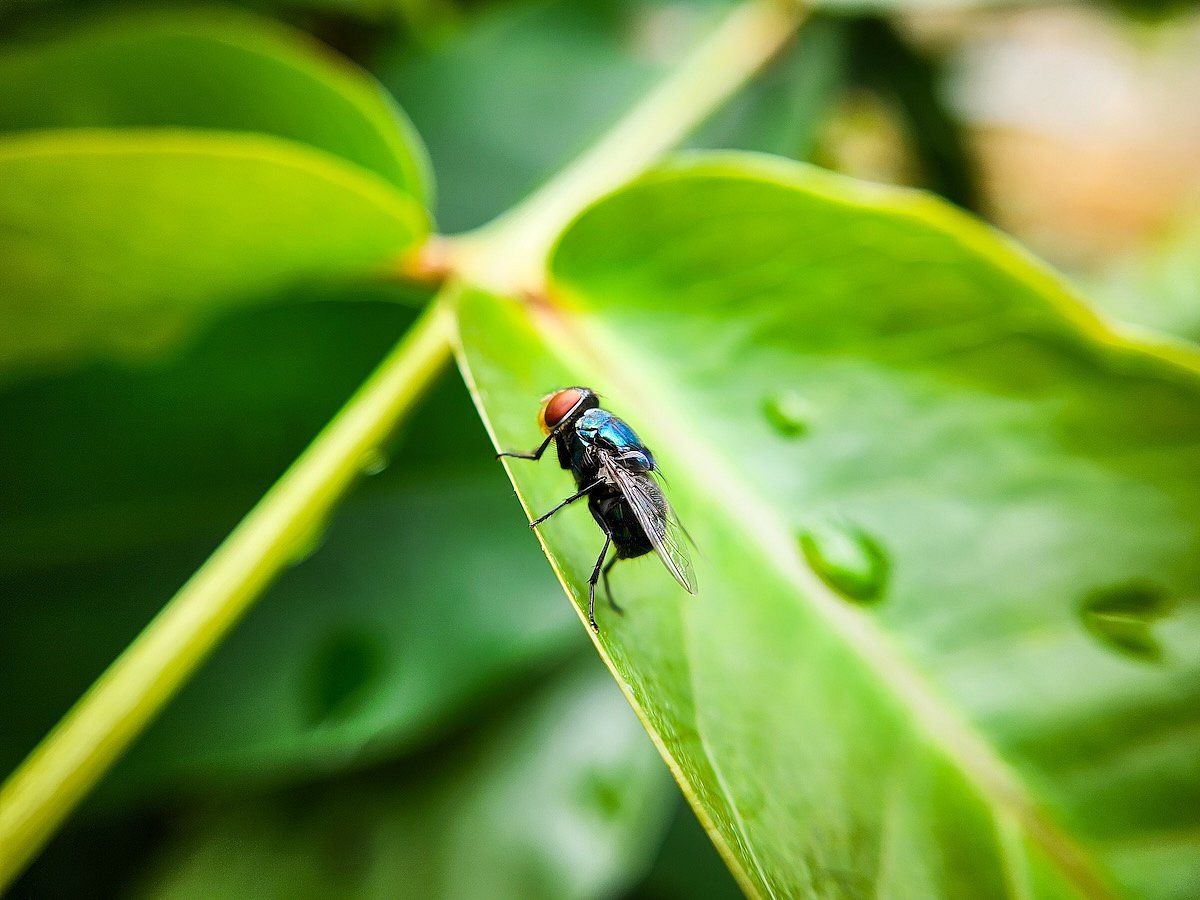Get Healthy!

- Posted August 26, 2025
U.S. Resident Diagnosed With Rare Screwworm Parasite After Travel
A Maryland resident has recovered after being diagnosed with New World screwworm — the first reported U.S. case in years that's tied to travel in a country with an outbreak.
The U.S. Centers for Disease Control and Prevention (CDC) confirmed the case on Aug. 4, after the person returned from El Salvador. State health officials said there was no spread to other people or animals.
New World screwworm is caused by a type of blowfly that lays its eggs in open wounds or body openings. The larvae, which can grow up to two-thirds of an inch long, feed on living tissue as they burrow deeper.
“It’s a nasty parasite,” Max Scott, a researcher at North Carolina State University in Raleigh who has studied screwworm for years, told The Associated Press.
While human cases are uncommon, screwworm infestations are a growing concern for ranchers as cattle cases have been spreading north through Central America and Mexico, The AP said.
The parasite was once a major problem for the U.S. cattle industry, especially in Florida and Texas, until the 1960s and 1970s, when federal programs successfully eradicated it.
This appears to be the first U.S. case in quite a while, Scott noted.
The overall risk to the public is low, according to the CDC. The larvae do not spread from person to person. People are most at risk if they travel to areas with animal infestations, spend time around livestock, sleep outdoors or have open wounds.
Symptoms may include:
Painful wounds or sores that don’t heal
Maggots visible in the affected area
Foul-smelling odors from the wound site
Treatment typically involves removing the larvae, sometimes surgically. The CDC advises against attempting to remove or dispose of the maggots without medical supervision.
The CDC and U.S. Department of Agriculture (USDA) are working together to monitor potential spread and prevent future outbreaks. Scientists are also developing new genetic techniques to control the pest.
If the parasite re-enters the country, experts say the Texas-Mexico border region would likely be the first area affected.
More information
The USDA’s Animal and Plant Health Inspection Service has more on New World screwworm.
SOURCE: The Associated Press, Aug. 25, 2025







